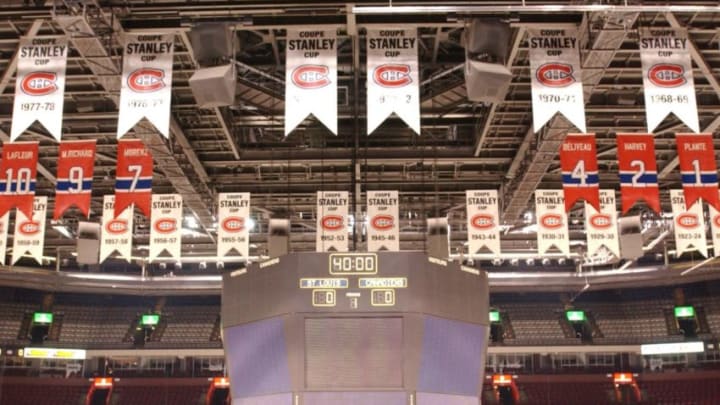The Montreal Canadiens have not won a Stanley Cup since 1993. If not for these five trades, that could have been the start of another dynasty, and not the end of their title runs.
The Montreal Canadiens have the greatest history in hockey. They have won more Stanley Cups, inducted more people into the Hall of Fame, and have won the most individual trophies of any team in the history of the sport. They are, by far the most decorated team and the banners hanging in the rafters of the Bell Centre are a reminder of their great past.
The Habs have not won a championship however, since 1993. It has been 27 years since they were crowned the kings of the National Hockey League and though no team is even close to catching them on the leaderboard of most titles, fans tend to get restless during such a dry spell.
The Canadiens can thank some of the greatest dynasties in sports history for all their success. They won five straight Stanley Cups from 1956-60, four more in a span of five years to close out the 1960’s and won four more consecutively to close out the 1970’s.
These were teams led by Hall of Fame players like Maurice Richard, Jean Beliveau, Doug Harvey, Jacques Plante, Guy Lafleur, Ken Dryden, Larry Robinson among many others who have rightfully had their names placed in the rafters of the Bell Centre, their jersey numbers never to be worn again.
We haven’t seen an extended run of greatness from the Montreal Canadiens since 1979. They did win a Stanley Cup in 1986 with some of the old guard still around from the 1970’s dynasty, and then won again in 1993 while leaning heavily on Patrick Roy to carry them to greatness that season.
However, that is just two Stanley Cup titles in over 40 years now. It is not the worst record over the past 40 years in the NHL, but it is the least amount of winning done in Montreal over any 40 year span in their history. Now, with far more teams than there used to be in the league you would expect a team to win less frequently, but just two in 40 years is quite the dry spell after winning 15 times in the previous 24 years.
In the era of 31 teams, NHL Drafts, free agency and salary caps, it is hard to imagine a team ever going on a run like the Habs did in the 1970’s. No one will make it to ten straight Cup finals like the Habs did from 1951-60, but the Canadiens could have had one last dynastic run recently.
Maybe they would not have won four Stanley Cups in a row, but if not for these five trades, we would have seen a Stanley Cup parade in Montreal more recently than 1993.
